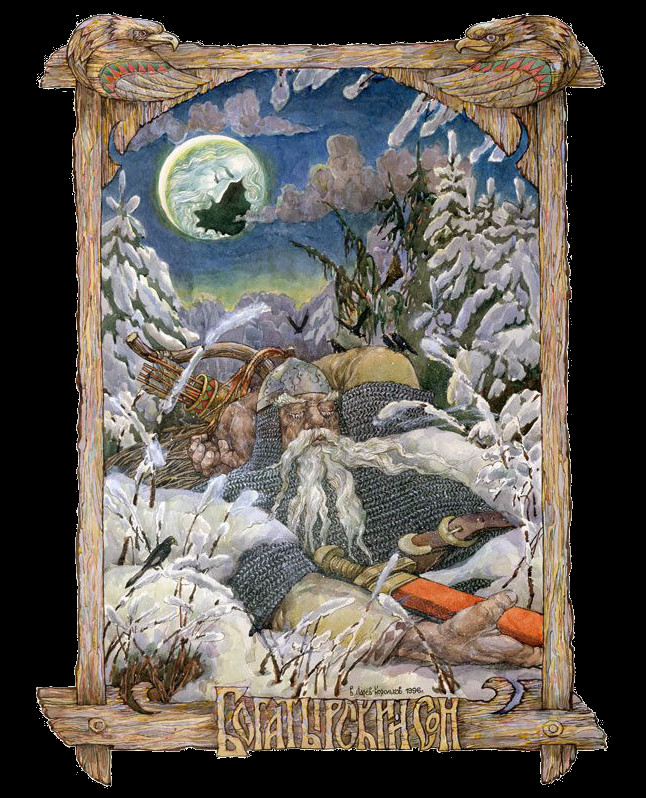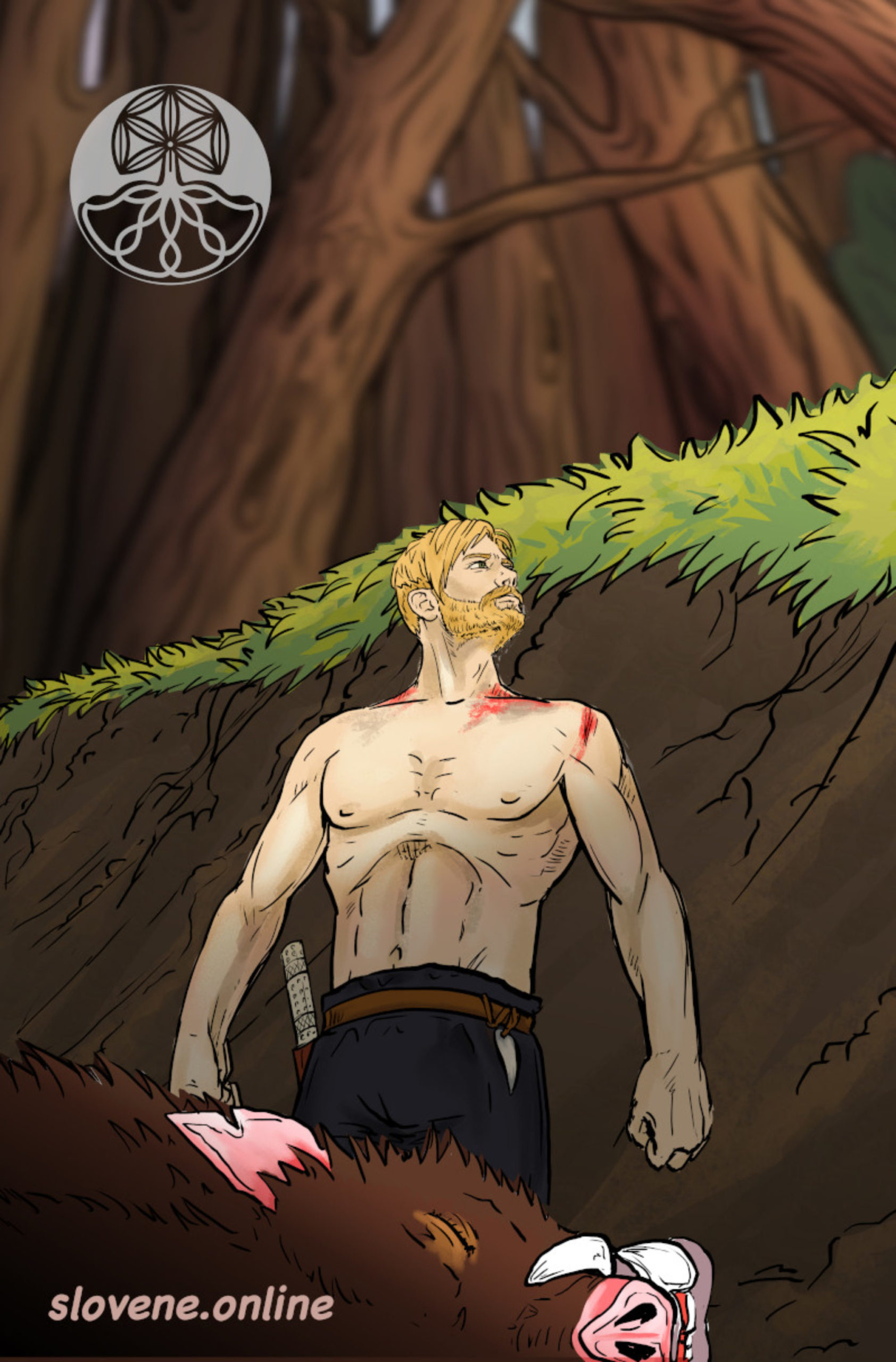Ancient Slavs considered spring as the awakening time of the earth from sleep. Nature wakes up and sets everything in motion. This annual cycle of the world re-creation is reflected in many Slavic myths and traditions.
ꏍ
A special power was attributed to the spring sun – many rituals were based on the exposure to the spring sunlight. Eastern Slavs, for example, put dezha (special wooden tub for sourdough bread making) on the sun to absorb its power: it was washed, dressed up in a beautiful towel, girded with a belt and placed on a fence pole from the sunny side before the sunrise – so that it could “see the sun”.
ꏍ
Our Slavic ancestors also “warmed the spring”, hoping that the warm weather will come sooner. They lit ritual bonfires in the fields, in the gardens, and even floated them down the rivers. By the way, the beginning of the spring ice drift was associated with the awakening of the Vodyanoi (Wodnik, Vodenjak).
ꏍ
Slovenes, Croats and other southern Slavs believed that the awakening and “warming” of the earth was associated with the falling of a “heavenly fire particle” on it. These beliefs contain echoes of the myths about the heavenly fertilization of the earth (the “marriage” between heaven and earth).
ꏍ
To be continued…
ꏍ
The painting by Viktor Korolkov “Bogatyrsky son” (“The legendary hero dream”) was used as an illustration.


